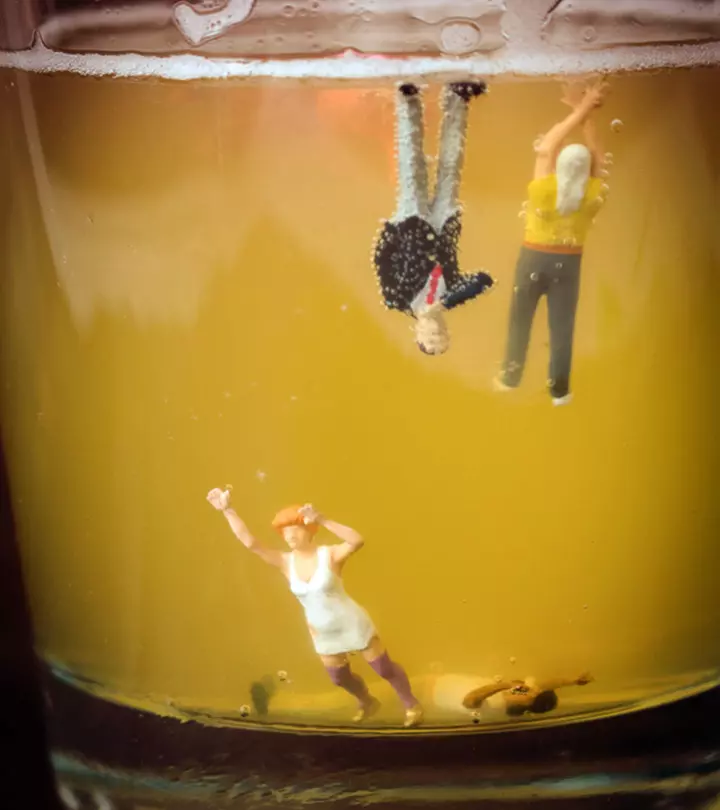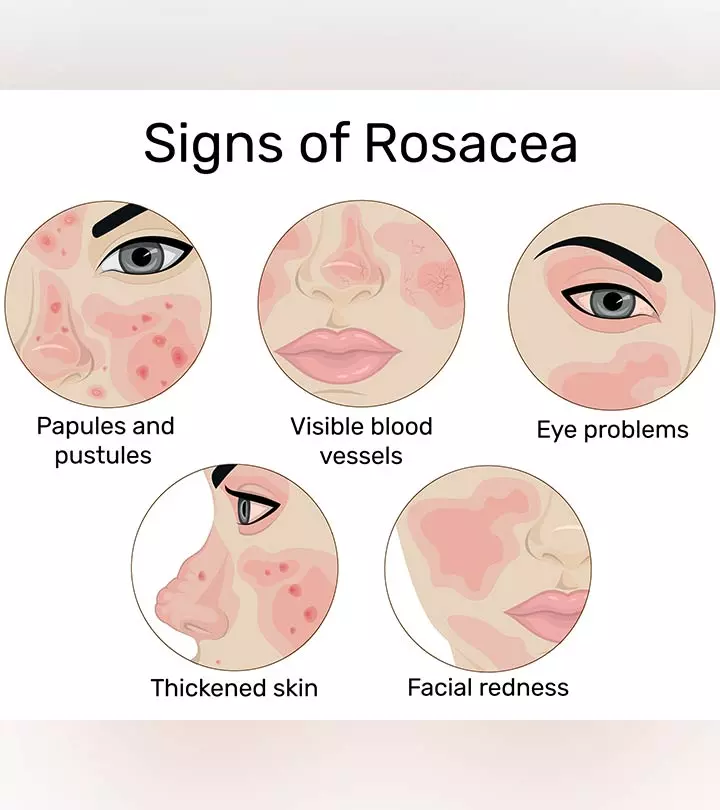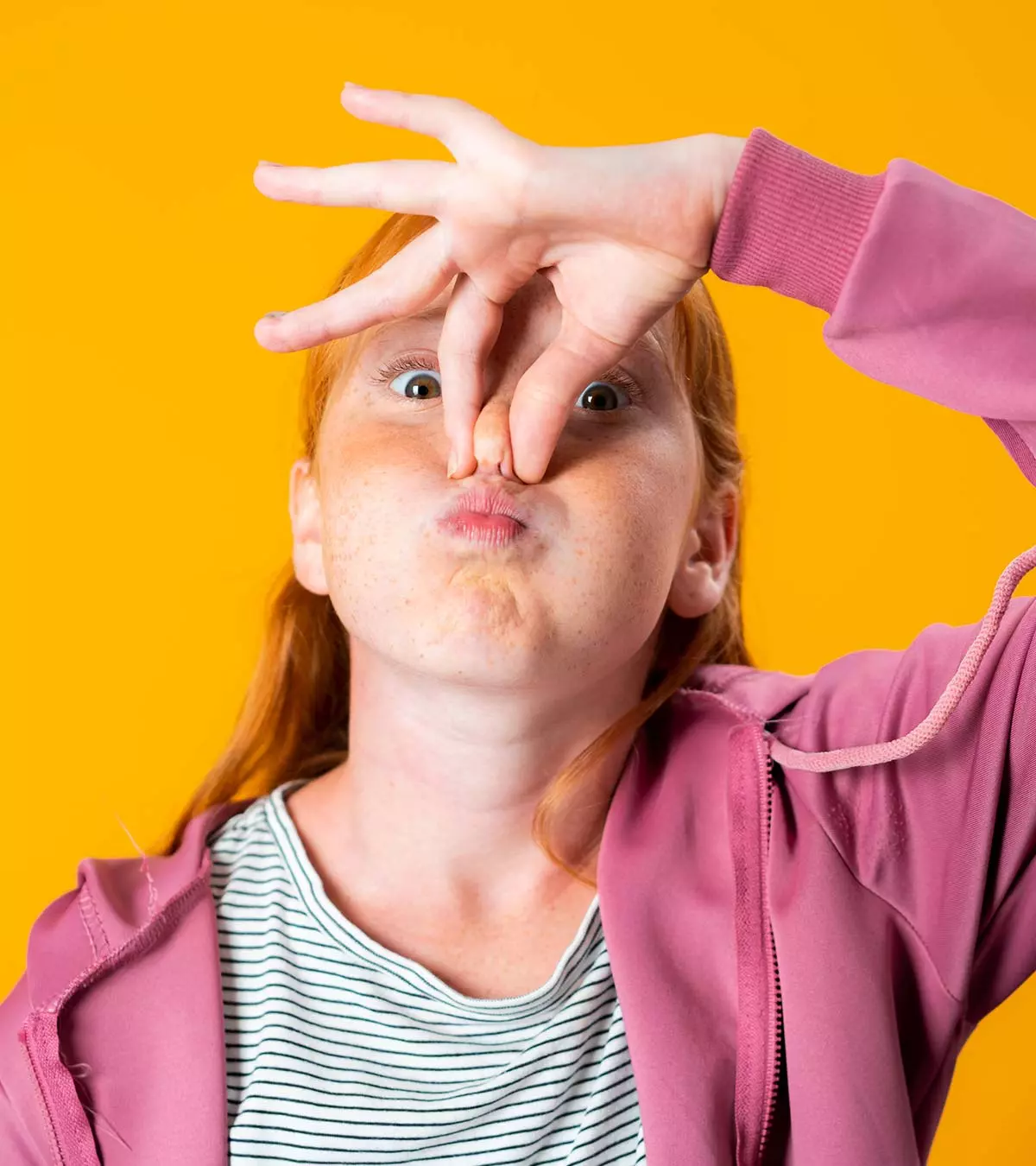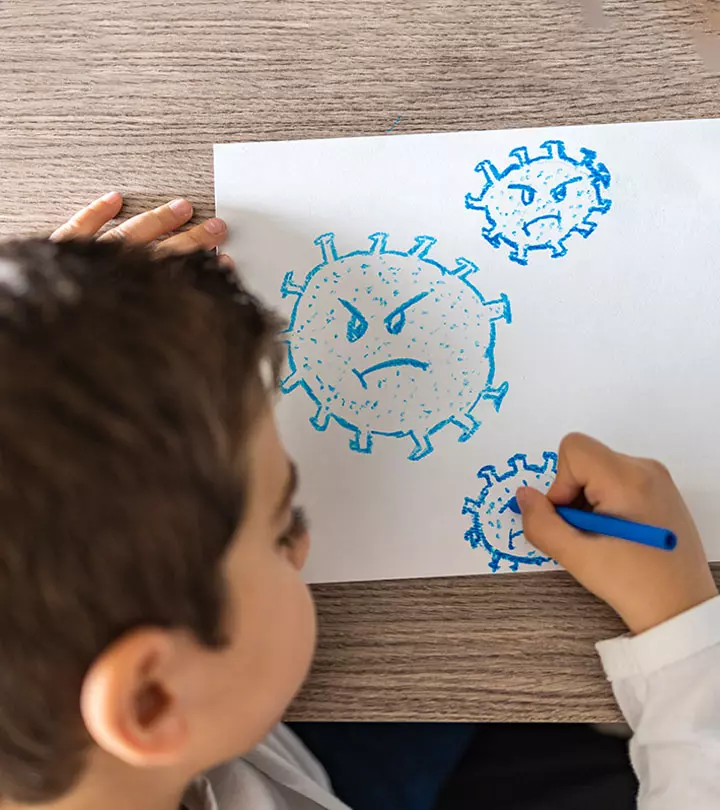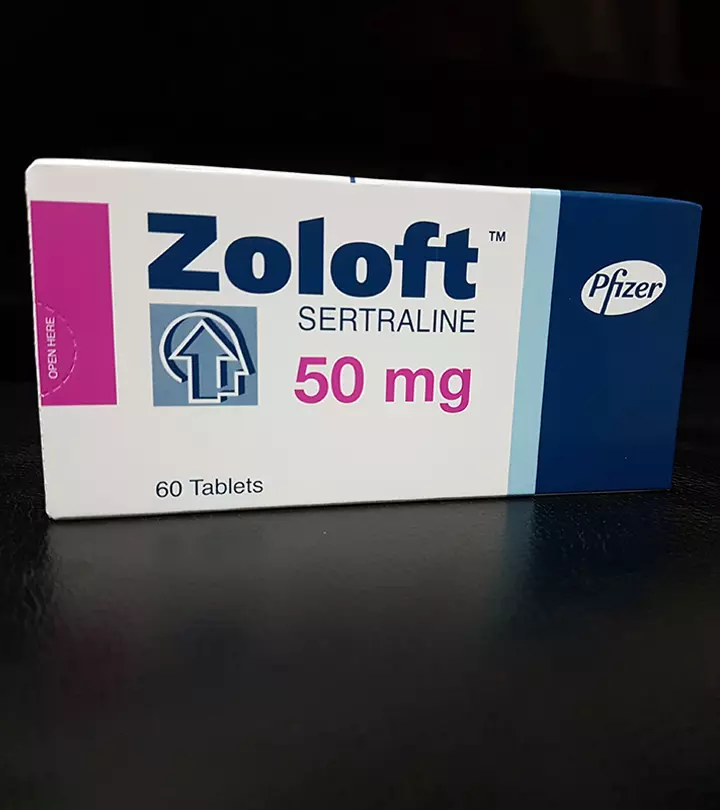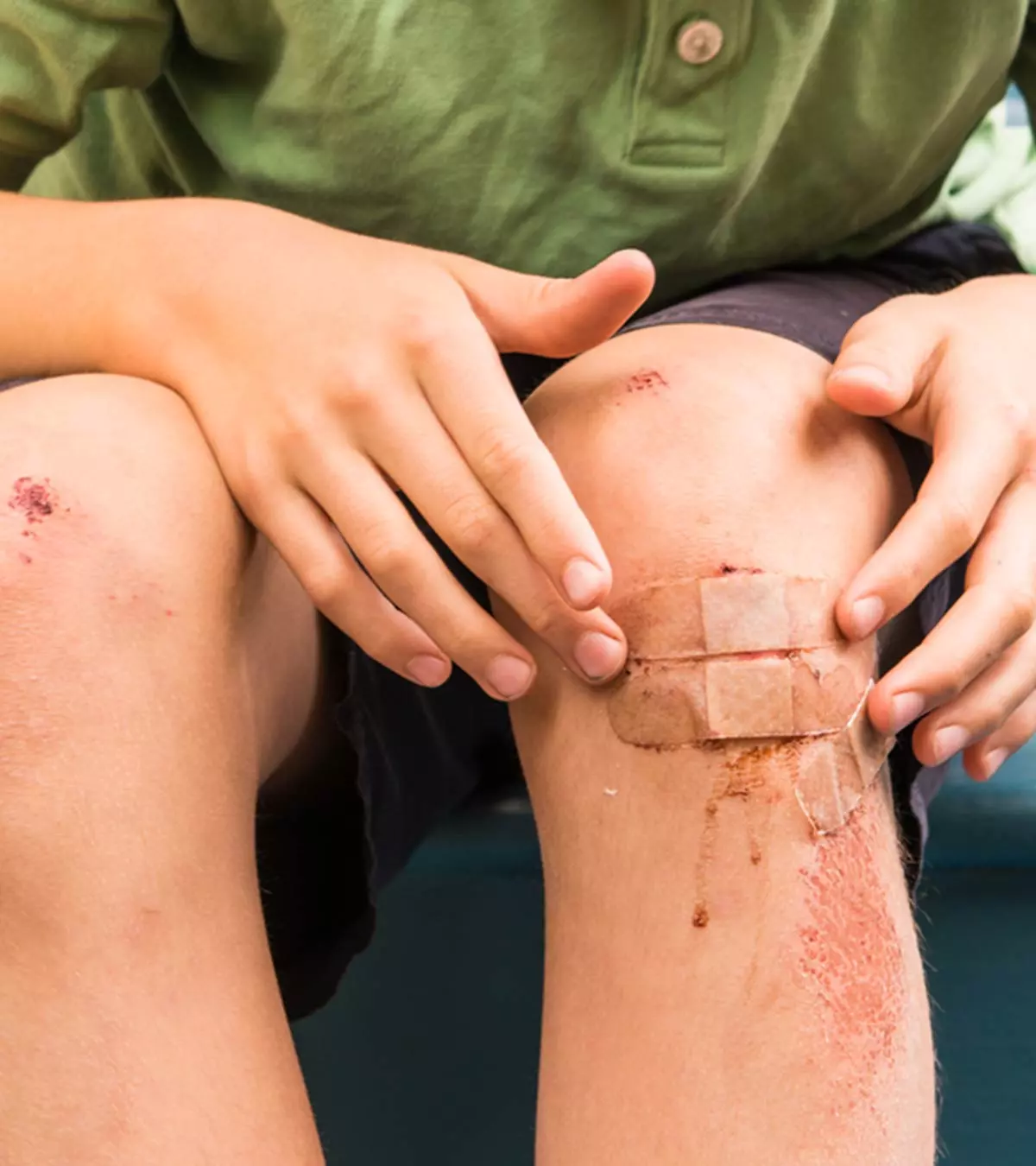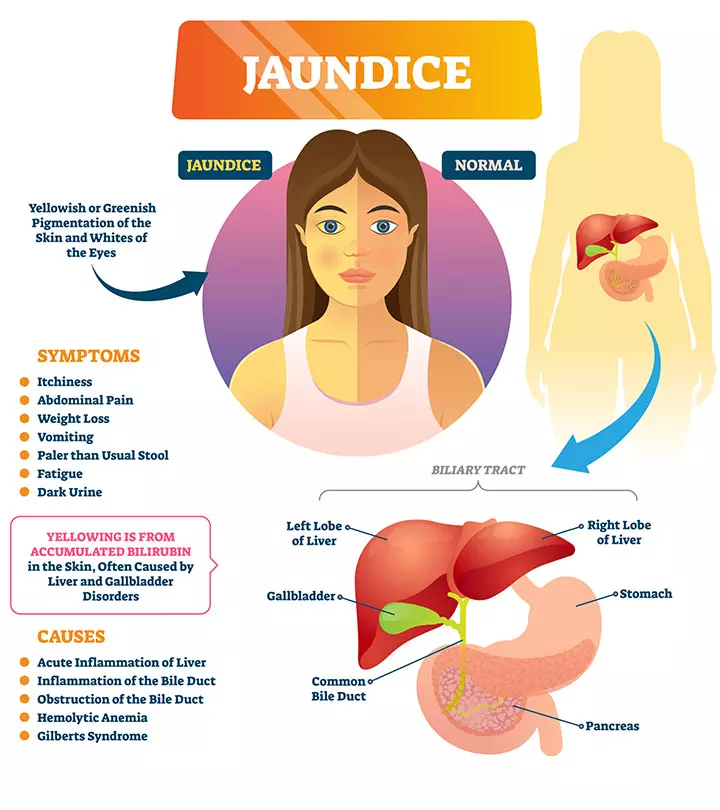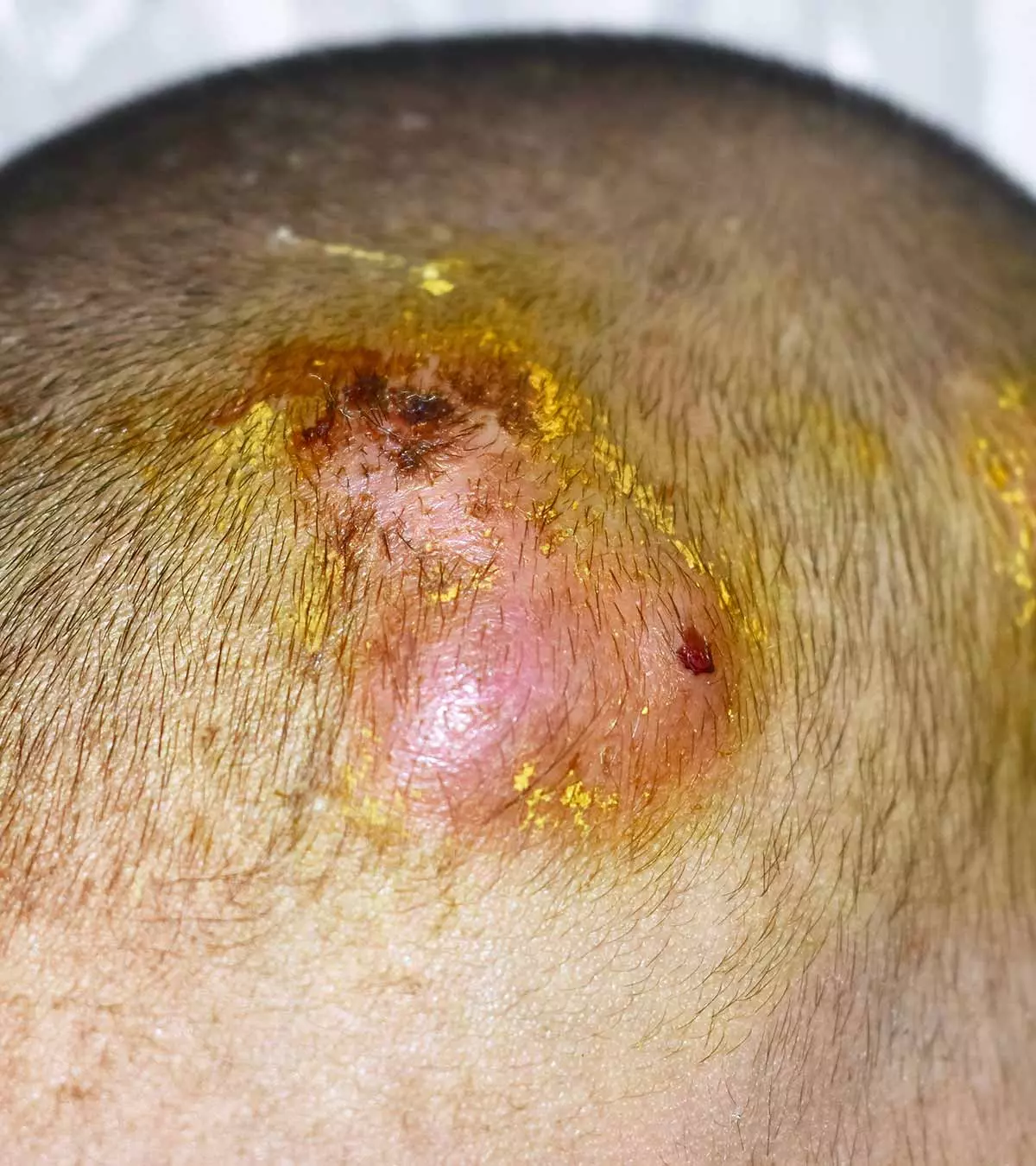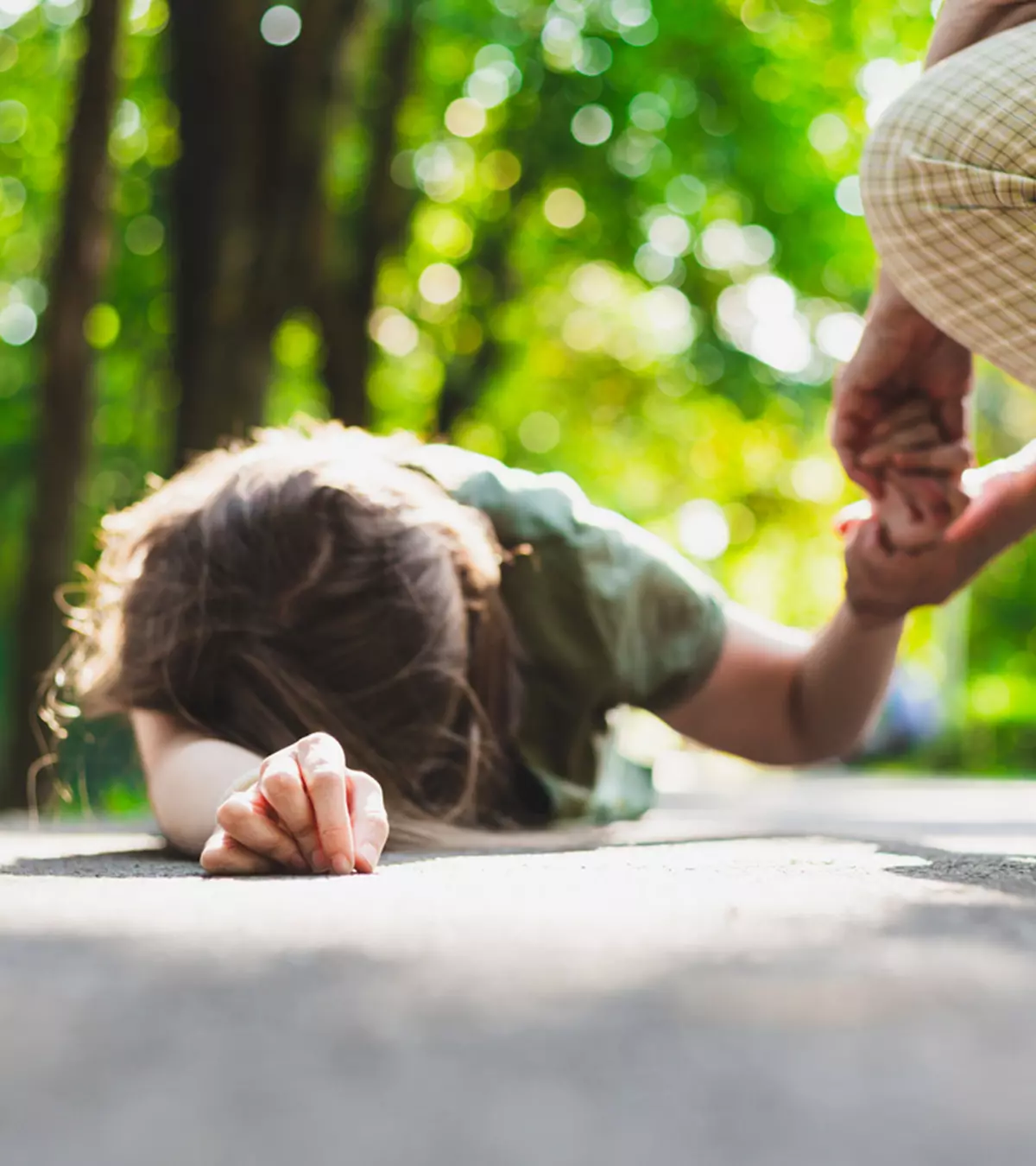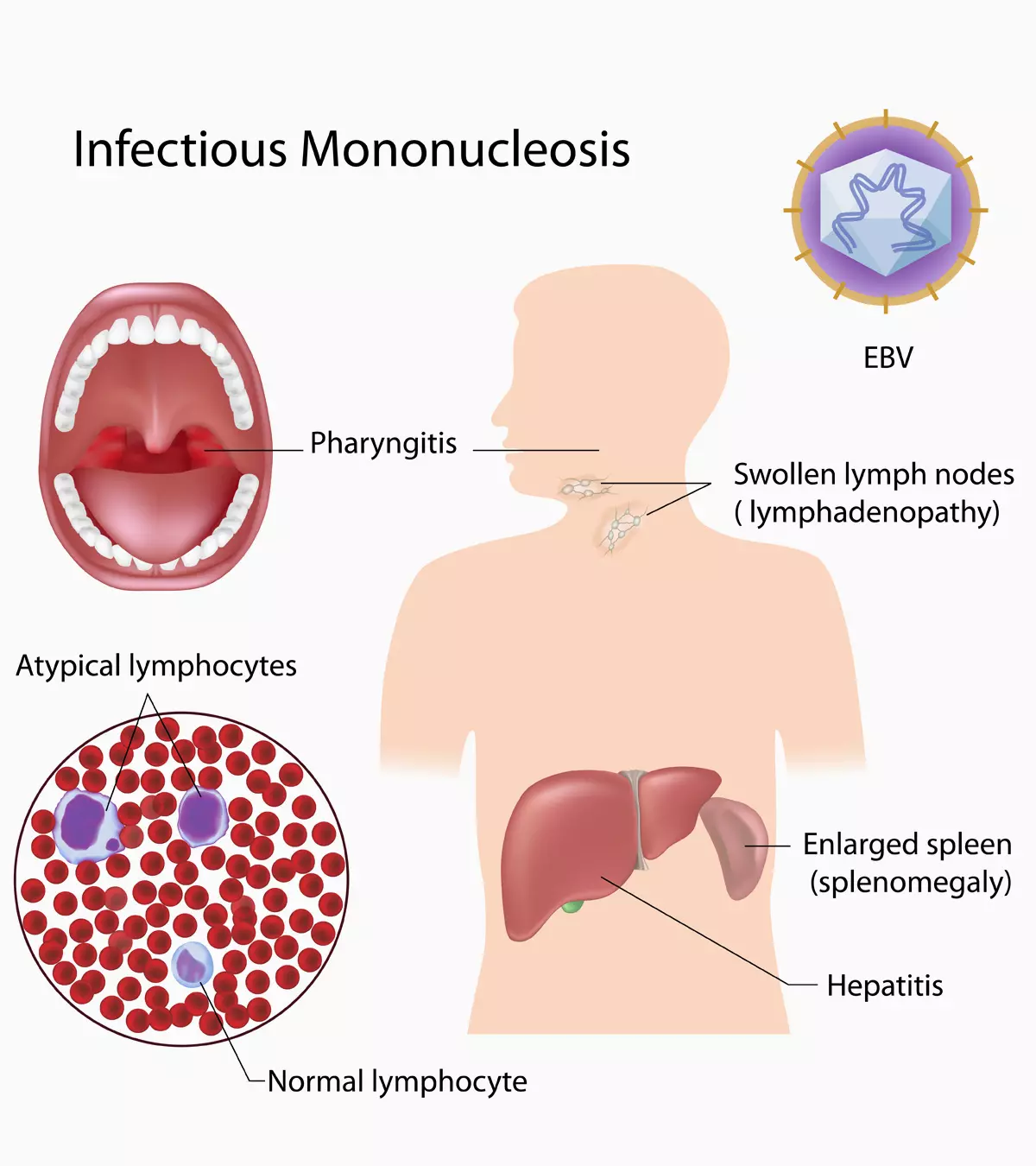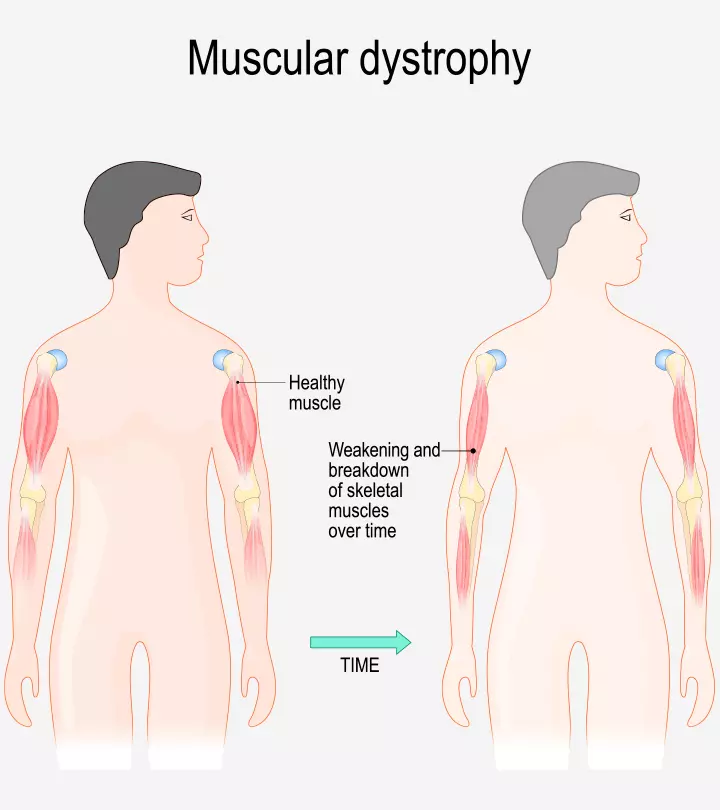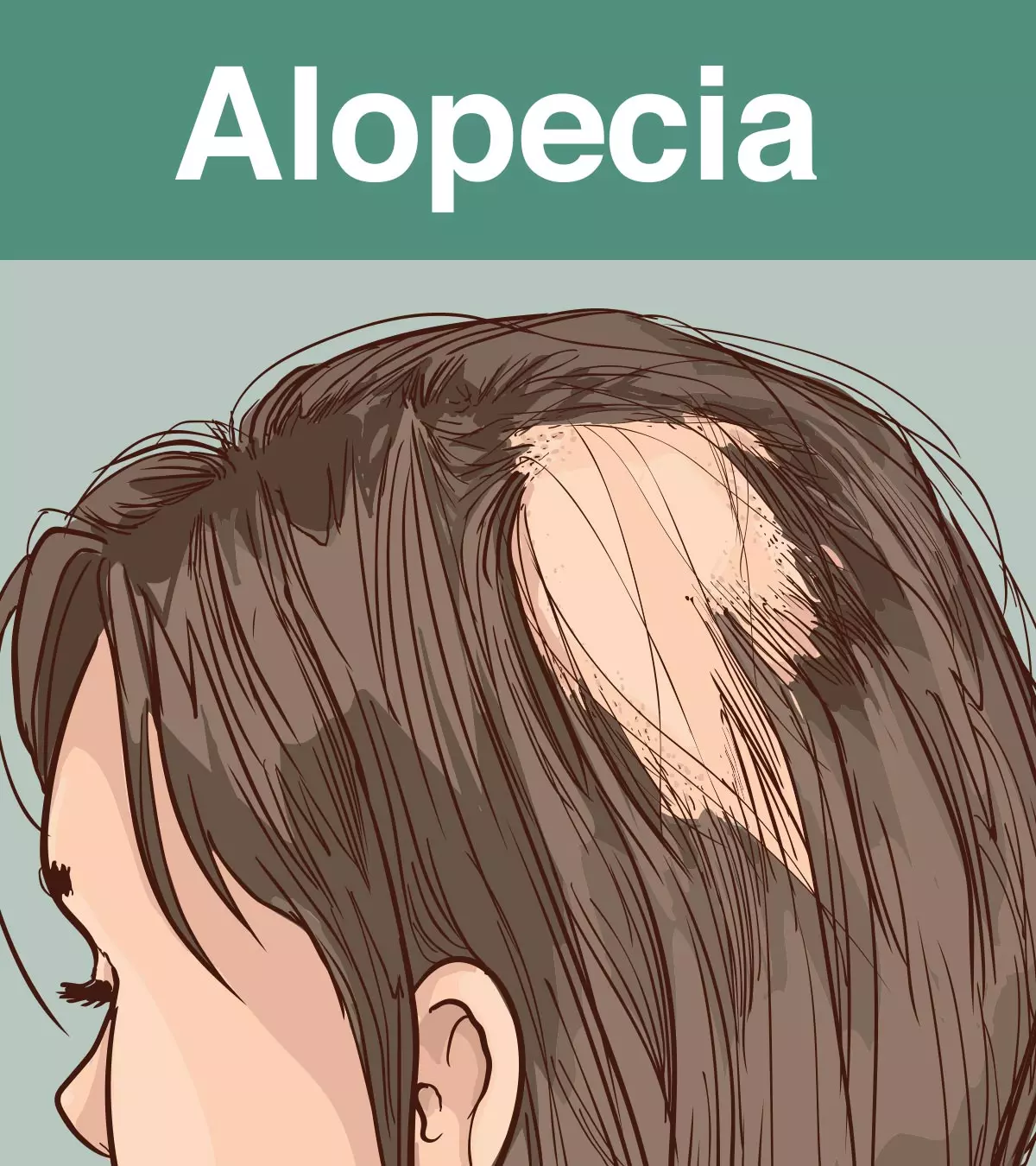
Image: ShutterStock

A bald spot while combing your child’s hair can make you greatly worried and anxious. It may seem unusual, but baldness may develop in children, a condition known as pediatric alopecia. There are various causes of alopecia in children, with alopecia areata (AA) being the most common form.
The following post addresses all the questions regarding alopecia areata in children, including its causes, symptoms, diagnosis, treatments, prevention strategies, and prognosis in children.
Key Pointers
- Alopecia areata is an autoimmune disorder that results in hair loss, forming circular patches of baldness on various parts of the body.
- The disorder can be caused by faulty genes and non-specific triggers that can be inherited from family members.
- Symptoms of the disorder include circular patches of bald hair, thinning of hair, rapid hair loss, clear skin without baldness, and pitting of fingernails.
- Treatment options for alopecia include topical and intravenous steroids, immunotherapy, phototherapy, and mesotherapy.
- Parents can assist their children in understanding the illness, raise awareness, and consider wigs to help cope with the situation more effectively.
What Is Alopecia Areata?

Alopecia areata (AA) is a condition that causes hair loss through circular patches of baldness on any part of the body. Alopecia means hair loss, and areata means occurrence in a circular pattern (1). Alopecia areata in children mostly occurs on the scalp where you will see distinct round patches with no hair on it. The extent of hair loss determines the type of alopecia. According to independent researchers from multiple universities, 5801 children suffering from Alopecia Areata (AA) were assessed using the PEDSnet database to check for the prevalence and incidence of AA in the US. As per this study, the recorded prevalence rate was 0.11% between 2009 and 2025, with 13.6 instances per 100 000 person-years.
Types Of Alopecia
There are three types of alopecia depending on the amount of hair loss (2):
- Alopecia areata: In this most common form of alopecia, the child loses hair in small, coin-sized patches on the scalp and other parts of the body.
- Alopecia totalis: It results in the loss of the entire hair on the scalp. The hair on the other parts of the body stays normal.
- Alopecia universalis: A total loss of hair across the face and entire body. It is less common and occurs only in about 5% of people with alopecia.
What Causes Alopecia Areata In Children?
The exact cause of alopecia areata is unknown
. However, the condition is an autoimmune disorder where the immune system destroys healthy body cells (3). An autoimmune disease is a genetic disorder where faulty genes, in combination with environmental factors/triggers, lead to the erratic functioning of the immune system.
- Therefore, faulty genes along with non-specific triggers, are considered the primary reason behind alopecia areata.
- A child, whose parents or other members in the family have the condition, are at a higher risk of inheriting the disease.
- Alopecia is a polygenic disorder, which means the fault does not lie in a single gene but occurs due to the combination of specific faulty genes. Therefore, not all parents with alopecia will pass the disorder since the child may have escaped having some problematic genes.
In some cases, chemotherapy could also lead to alopecia. Moreover, if an individual receives radiation therapy on the head, it could lead to hair loss from the scalp.
Some people could also have trichotillomania, a condition in which a person has the urge to pull out their hair. Another condition, telogen effluvium, can cause hair loss when large hair follicles enter a resting phase due to stressful situations like fever, childbirth, or psychological stress.
 Did you know?
Did you know?How Common Is Alopecia Areata In Children?
The disorder can develop at any age – even below five years — but it is the most common during the teenage years. About 40% of patients may experience their first episode of alopecia areata before the age of 20 years (4).
What Are The Symptoms Of Alopecia Areata In Children?
A child with alopecia will display the following symptoms (5):
- Circular patches of baldness. It starts with a single round bald spot, and eventually, more patches appear on different parts of the scalp. The patches may gradually merge to form a single large hairless area of the scalp. In less common cases, baldness may appear in a straight line rather than in a circle. Teenagers with alopecia universalis will notice a loss of body hair from other parts of the body as well.
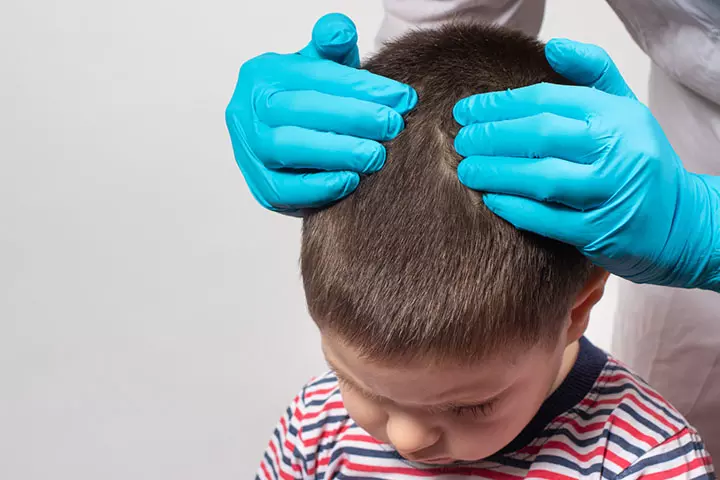
- Clear skin within baldness. The baldness caused due to alopecia is unlike the hair loss in other health conditions. Some other problems like fungal infection, eczema or psoriasis may also cause patchy hair loss. But in these conditions, the skin becomes inflamed, flaky, reddened or has a scaly border. Alopecia only affects the hair follicles so the skin will remain healthy and smooth to touch. You will also not notice redness, flaking of the skin, or a distinct red, scaly border around the baldness. Some children may complain about a slight burning sensation or itching at the spot of baldness, but it subsides soon.
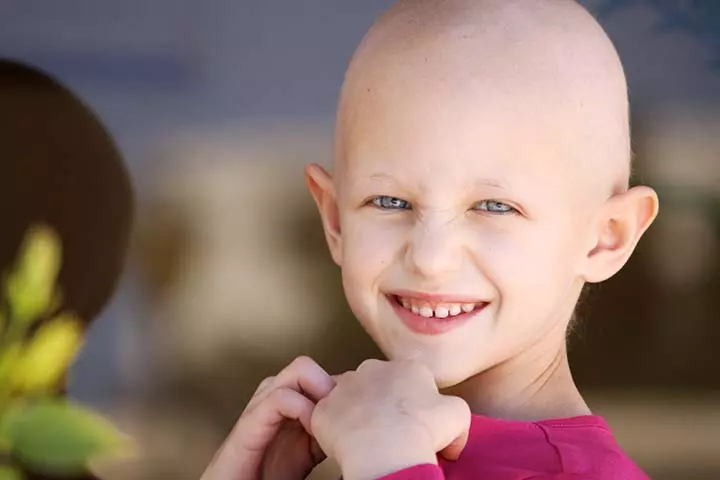
- Hair thinning. The hair thins, especially around the fringes of the bald spot. The hairs will be narrow at the base of the scalp and gradually increase in diameter towards the end.
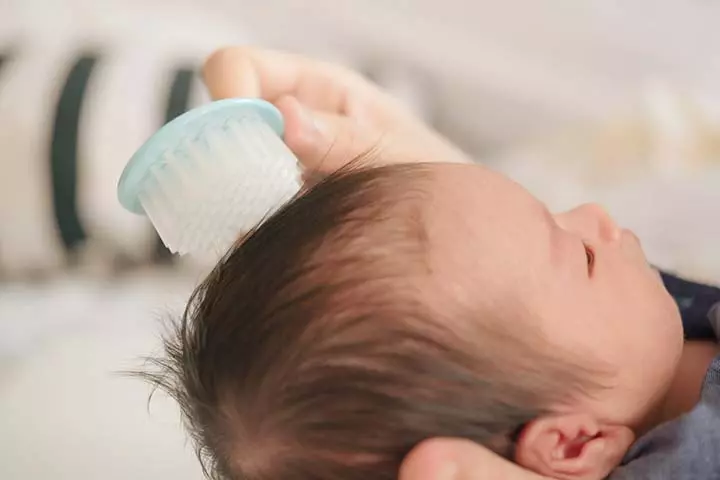
- Rapid hair loss. Sometimes it can be hard for parents to tell if the hair loss is normal or due to alopecia. The best way to determine is to check the rate of hair loss. Alopecia causes a lot of hair to fall at a rapid speed. If you suddenly notice hair all around the child’s room and the bathtub drain along with growing baldness, then it is quite likely to be alopecia.
- Pitting of fingernails. Children may also display dents on the nails of both hands and feet.
Alopecia areata does not cause any discomfort or serious problems to the child but you may consult the doctor when the hair shedding becomes more rapid.
How Is Alopecia Areata In Children Diagnosed?
A pediatric dermatology expert will use the following steps to determine alopecia in children:
- Assessment of symptoms: The child’s doctor will check the presentation of symptoms and general medical history of the child. Children with alopecia areata do not display any other problems. It means they will not have a fever or loss of appetite or any other symptoms associated with illness. If hair loss is the only problem and the child is overall healthy, then the doctor can conclude that it is alopecia.
- Blood test: Children with hair loss may display problems like abnormality of the thyroid gland. Therefore, the doctor will get a blood test done to check the levels of thyroid gland hormones in the blood. A blood test can also help assess the presence of hair follicle-specific antibodies in the blood, which can point towards alopecia since it is an autoimmune disease.

In rare care, if there is still a doubt, the dermatologist may also perform a scalp biopsy to confirm the diagnosis (11). Once the problem is diagnosed, the doctor will suggest a way forward.
How Is Alopecia Treated?
There is no cure for alopecia areata. The doctor may suggest some ways to manage the condition depending on the extent of the condition and the age of the child:
- Topical and intravenous steroids: Topical and intravenous steroids: Topical steroid creams and injectable steroids help subdue autoimmunity. Topical corticosteroidi creams are usually the first choice of management. Nevertheless, steroids have displayed limited efficacy in reversing the effects of the disorder. Hair regrowth is often visible within four weeks of steroid usage, but the treatment is discontinued if there is no improvement in six months. Steroids also cannot be a long-term solution since they have side effects and are also ineffective in severe cases of alopecia.
- Immunotherapy: Immunotherapy uses a combination of compounds to be administered topically and orally to modify the immune system so that it ceases autoimmunity. Choosing immunotherapy will depend on several factors including the local availability of multiple drugs and whether the doctor believes it to be beneficial for the child.
- Phototherapy: UV light has been in use to stop hair loss and stimulate hair regrowth. But it is not entirely known whether phototherapy can completely cure alopecia or cause hair restoration. Therefore, it is used in combination with oral steroids.
If the child is below the age of ten years, then topical steroids are the only treatment method employed. For a child older than ten years, the doctor checks the extent of hair loss.
- If the hair loss is less than 50%, then there will be an application of topical steroids of higher potency.
- If the hair loss is more than 50%, then topical and oral immunotherapy can be an option (6).
- Mesotherapy: There is limited research on the effectiveness of the use of hair vitamins and homeopathy in treating alopecia, which is often combined to form a therapy called mesotherapy. Medical experts see the need for more research on the efficacy of mesotherapy.
Depending on the age of the child and the severity of hair loss, the doctor could also suggest a hair transplant. It is a procedure in which healthy hair is transplanted to the areas of the scalp with scanty hair.
Alopecia areata does not cause any health problems. The only effect is the psychological stress resulting from social embarrassment of losing hair at an early age. The mental effects of alopecia entirely depend on the child’s age and how well they accept the condition.
Can You Prevent Alopecia Areata In Children?
No. You cannot prevent alopecia since it is influenced by genetics. You can only manage the condition so that it does not have a psychological effect on the child.
How To Manage Alopecia Areata In Children?
Parents can consider the following methods to manage the situation and make the child feel better:
- Make the child understand the disease: Alopecia is a genetic disorder, and there is nothing one can do about it. Parents may counsel their child that having hair loss does not affect a person’s skills, talent, and capabilities. You could also reach out to professional counselors and support groups to help your child deal with the social impact of hair loss. This will help your child build self-esteem and resilience and overcome social stigma. The child can have a normal life, go to regular schools, and do things others kids of that age group do. Self-acceptance helps the child develop self-confidence.
- Spread awareness: You may take the help of specialized organizations to spread awareness of the disorder among your family and the community. Consider working with your child’s school staff and teachers to help create an inclusive environment at school, prevent potential bullying, and promote awareness. Alopecia does not cause any other health problems or developmental setbacks. Also, the condition is not contagious. Therefore, no one can catch the disease by spending time with a child that has the disorder.
- Use wigs: Parents may consider getting custom wigs or hairpieces for their child to conceal the baldness. You can use synthetic hair fiber wigs that are inexpensive, easy to maintain, and also last longer than wigs made from real human hair. Wig usage is entirely a personal choice of the parent and the child as they may conceal the disease but the child may have to live with the fear of the wig falling or blowing away.
 Quick tip
Quick tipPrognosis Of Alopecia Areata In Children
Hair may regrow in some months or years, although there is a risk of losing it again. About 50% of patients experience some amount of hair growth in the first year of AA, but some have permanent hair loss with no regrowth.
Frequently Asked Questions
1. What does alopecia look like when it first starts?
Alopecia areata appears as a small oval bald patch on the scalp at its onset (7).
2. What age does alopecia usually start?
Alopecia can affect any age. But, its onset usually peaks around two times–childhood and adulthood (8).
3. Can hair grow back after years of alopecia?
Yes, the hair follicles are capable of producing viable hair even when the disease is active, and your hair can grow again, no matter the rate of hair loss (2).
Alopecia in children is a genetic condition that can affect children of all ages. While it may be difficult to see your child lose their hair, it is manageable with timely treatment and care. If you notice any signs of alopecia in your children, such as bald patches or abnormal hair loss, consult a doctor immediately for prompt diagnosis and early management. Since the condition is not preventable, you need to encourage your children to accept it so that they can lead their life with confidence.
Infographic: Symptoms Of Alopecia Areata In Children
Discovering a bald spot on your child’s scalp could be worrisome, but it may not be preventable in most cases. However, when identified early, there are ways to manage the condition in children. So, scouring through this infographic can help identify the typical signs of alopecia areata (hair loss) in children.
Some thing wrong with infographic shortcode. please verify shortcode syntax
Learn about the different treatment options available for pediatric alopecia areata, from topical medications to light therapy. Get the facts to help your child.
References
1. Alopecia areata; American Academy of Dermatology
2. What you need to know about alopecia areata; National Alopecia Areata Foundation
3. Alopecia areata; Nicklaus Children’s Hospital
4. Dimitra Aikaterini Lintzeri, et al., (2025); Alopecia areata – Current understanding and management; Wiley Online Library.
5. K. A. Seetharam, Alopecia areata: An update; Indian Journal of Dermatology, Venereology, and Leprology
6. Treatments for Alopecia Areata; National Alopecia Areata Foundation
7. Hair loss types: Alopecia areata signs and symptoms; American Academy Of Dermatology Association
8. Alopecia Areata; Nationwide Children’s Hospital
9. Alopecia; Nemours Children’s Health
10. Hair loss in children; The Permanente Medical Group
11. The role of the scalp biopsy in the evaluation of alopecia; JAAD
Community Experiences
Join the conversation and become a part of our nurturing community! Share your stories, experiences, and insights to connect with fellow parents.
Read full bio of Dr. Richard Mario Lurshay
Read full bio of Dr. Ritika Shah
Read full bio of Swati Patwal
Read full bio of Ghazia Shah





